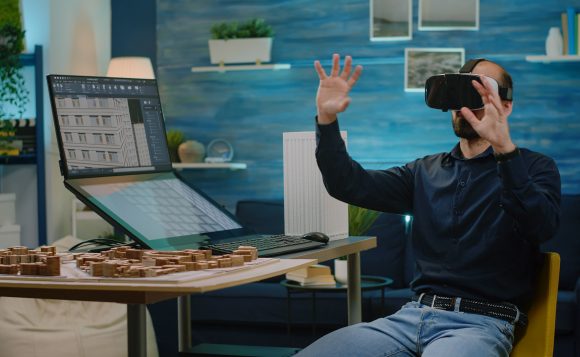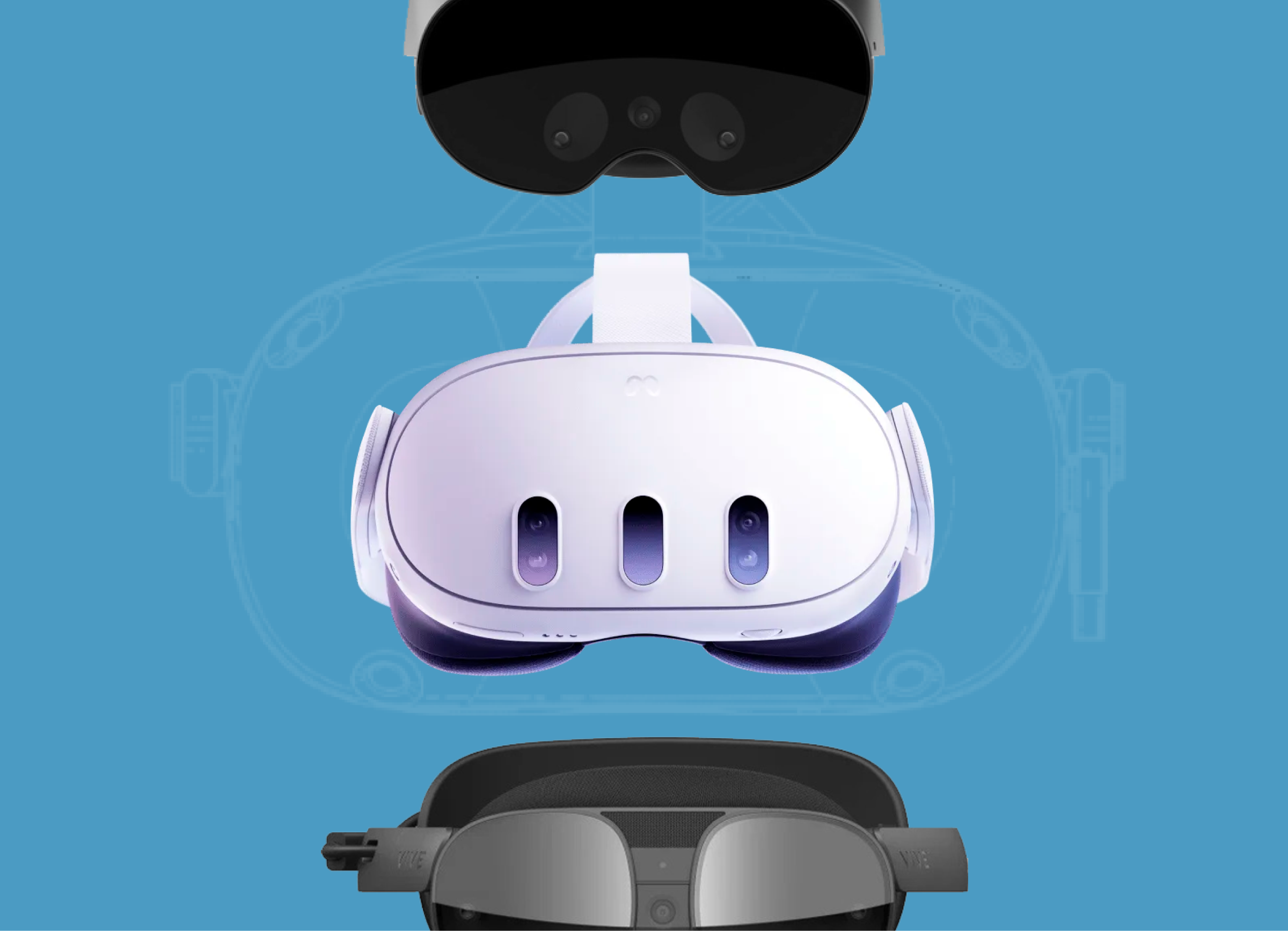
Modern worldwide companies like Meta, HTC, and Microsoft are developing virtual offices for remote workers. COVID-19 was one of the reasons why VR offices are gradually becoming popular.
Pricewaterhouse Cooper predicts that 23.5 million people will have virtual reality workplaces by 2030.
Besides, in the next five years, Meta plans to create 10 000 new workplaces in the metaverse for European Union countries like Ireland, Germany, France, Italy, Poland, The Netherlands, and Spain.
What is VR office and its purpose
VR office is a digital space where people work, communicate, and interact with their colleagues using avatars. VR office space resembles a real one, but has some special traits.
The main task of a virtual office is to create favorable work conditions for people who can do remote collaboration from different parts of the world.
How to choose a virtual office
We talked to the head of the XR department Oleksii V. on what a VR office should be like, to meet all the requirements of a company, which needs an office like this. According to him, the main purpose of the VR office as a digital version of the real one is to give a VR headset user the necessary tool kit to make them feel like they’re actually in this office. Also, this experience can help them participate in conferences, carry out presentations, and communicate with colleagues and authorities directly.
“What you should pay attention to it so that, depending on purpose of designing VR office, you can have a different number of tool kits. Let’s say you need drawing or YouTube video streaming, somewhere you need to be able to download, show, and discuss PDF files, somewhere you need to show 3D models. Thus, it all depends on the field and specifics of the industry we design virtual offices for,” Oleksii V. said.
Advantages of VR office
Flexible Workflow Customization
The possibility to work in a fully customized virtual workplace that fits people’s functional and esthetical needs is the one of the main advantages of VR office work.
For example, VR app Immersed gives access to 15 different locations where VR headset user can work: from the cave with waterfall to the space station on the Earth orbit.
There’s also a virtual coworking place, designed as a café, available for people around the world in the Immersed app.
Increased remote work productivity
A comfortable virtual workplace helps to increase productivity. It is possible due to maximal isolation from various distractions. As the result, virtual reality workplace makes worker unleash their full potential.
According to the research, remote workers in Deep Mode increase their productivity by 48% and make up for 16 hours of working time lost because of distractions.
Gender inequality decrease
Workers’ digital avatars shouldn’t necessarily represent their gender and appearance. So, it can positively affect gender equality and fight discrimination by gender, race, sexual orientation, etc.
Experiments with blind auditions of musicians prove this point. The idea was to prevent judges from seeing musicians’ appearance during the audition. And this gave some results: five top-rated US orchestras increased the number of female musicians from 6% in 1970 to 21% in 1993. The New York Philharmonic orchestra increased the number of women from 0% to 33% у 1997.
Communication improvement
Modern technologies allow digital avatars to represent the host’s appearance and emotions. Oculus presented new, improved avatar’s functions, with enlarged choice of emotions, skin colors, face shapes, and limited number of clothes. Also, users can add over-the-ear hearing aids and wheelchairs to their digital avatars.
“We hope your new virtual self enables you to represent yourself online the way you want to be represented — whether that’s to friends and family, your local community, or beyond”, said Aigerim Shorman, General Manager for Avatars and Identity at Meta.
VR office disadvantages you should pay attention to
Virtual reality remote work is a new field of digital technologies, which have both advantages and disadvantages. We suggest paying attention to:
- personal data leaks;
- possible violations of privacy and harassment;
- the necessary equipment still isn’t available to everyone and evenly distributed around the world.
Solving this issues can make virtual space safer, which may positively affect the distribution of the digital office technology.
Conclusion
Today, VR remote work is gradually becoming popular. The COVID-19 pandemic kick-started VR offices development. Virtual offices make remote work more productive, support team work, and improve interaction between colleagues.



